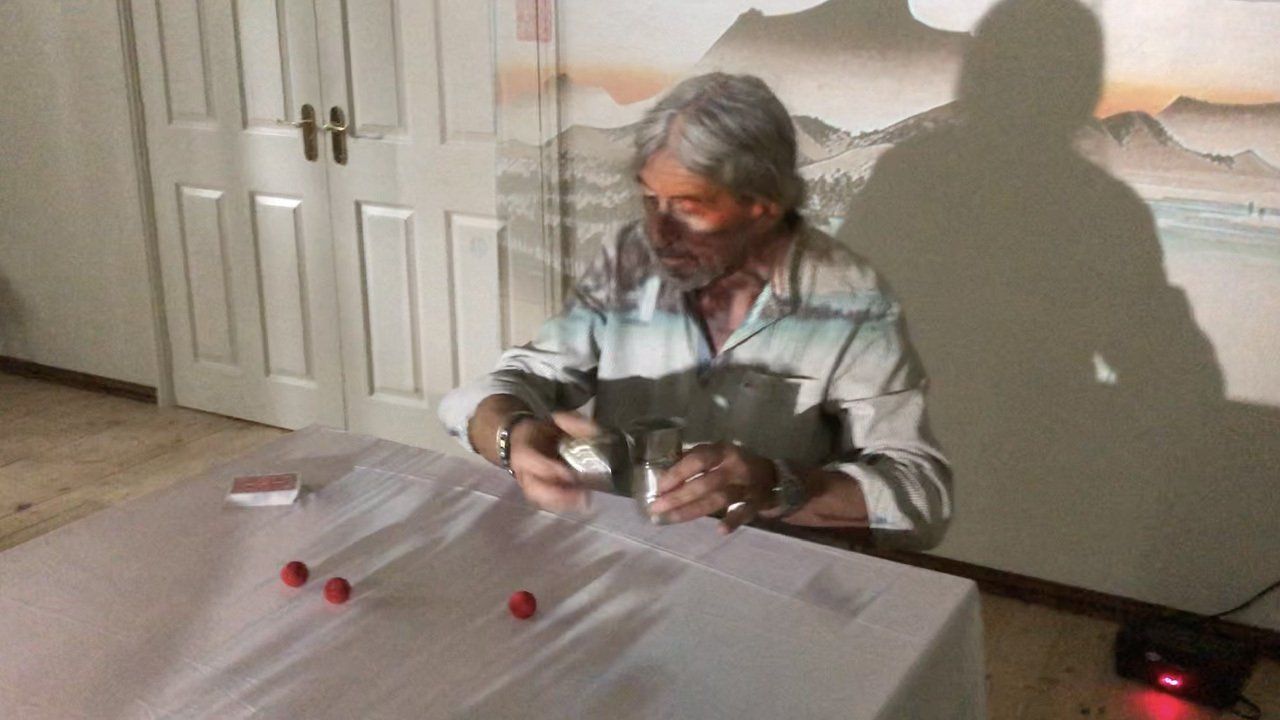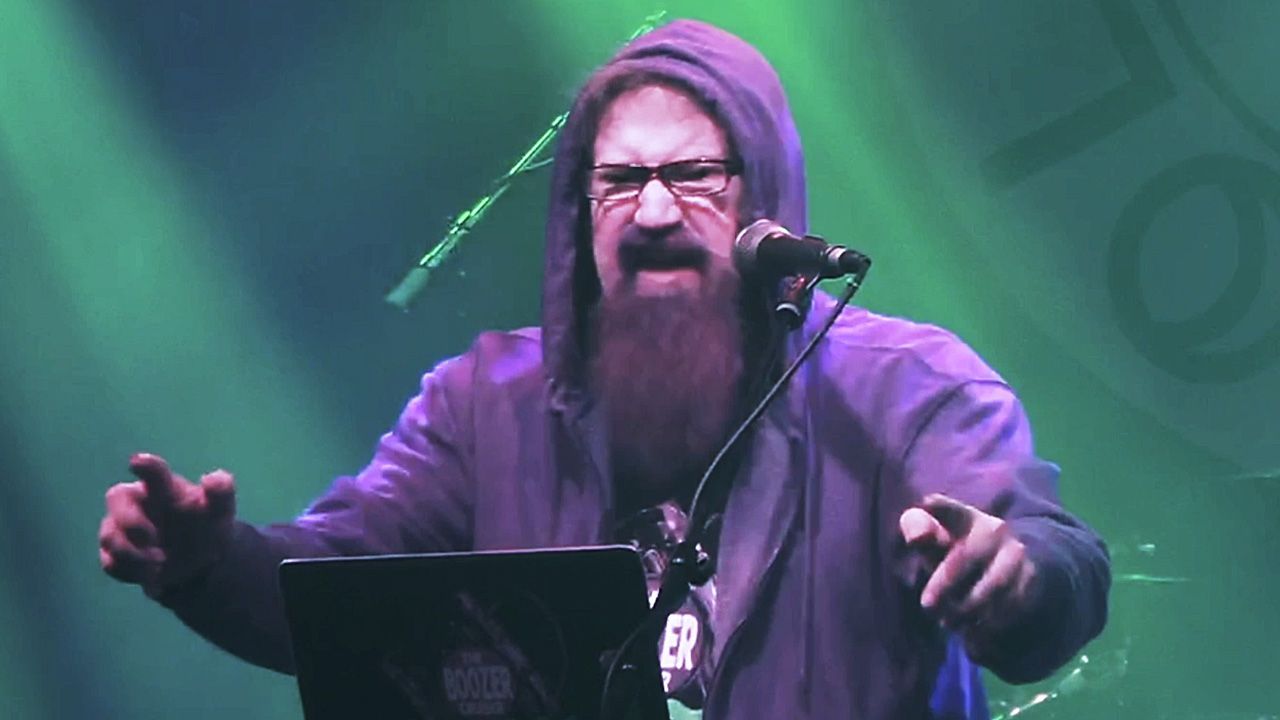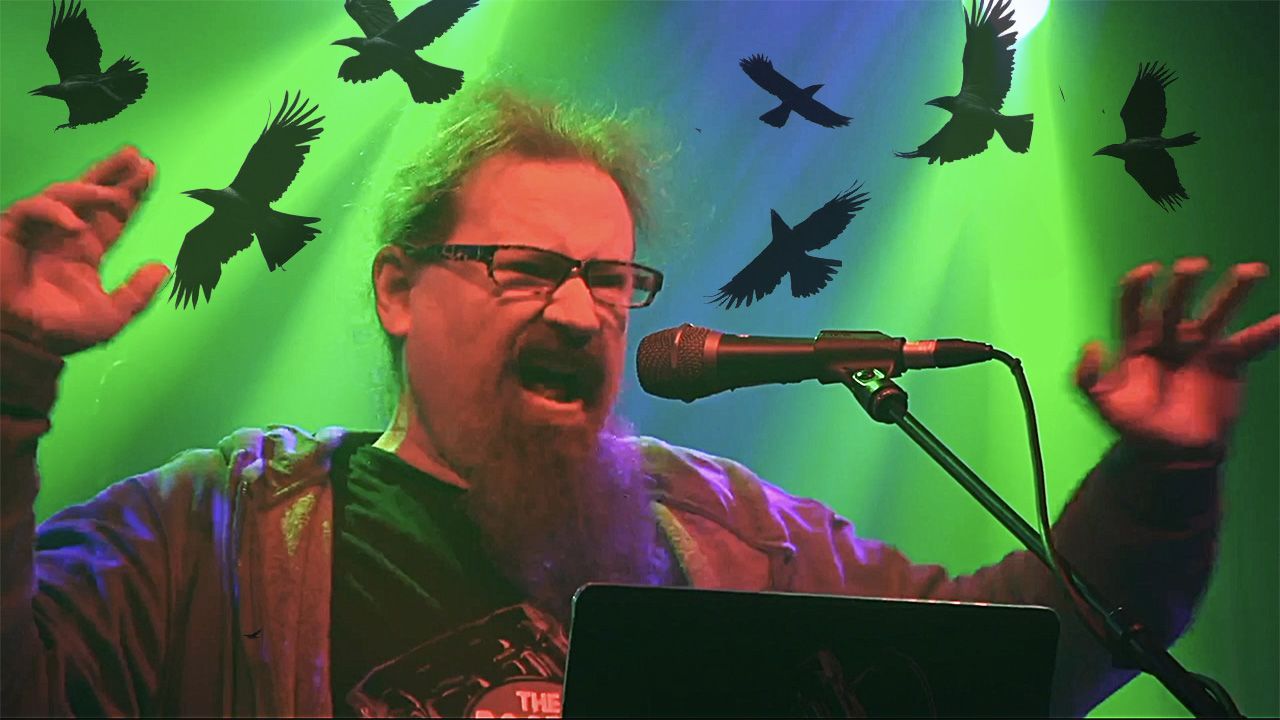Not Really Me Not Any More - what does it all mean?
My depiction of a descent into dementia
Every piece of music Jacob Holm-Lupo sends me feels like a journey – not just a musical one, but evocative of a physical one too. When he sent me a piece that was his personal reaction to dealing with dementia, I felt it had an Asian character to it, and the words “Japan journey” jumped into my head. I’d first heard them from David Bull, a Canadian who’s lived in Japan for 40 years and who’s been a major player in preserving the ancient art of Japanese wood block prints via his Mokohankan gallery in Tokyo.
Through David’s YouTube channel I’ve become fascinated by the wood block prints, but also by Japan. I imagined that others might feel the same way, and so the idea of an amateur art collector dealing with his own dementia diagnosis began to form.
Like Jacob and Peter Wass – a bandmate of mine – who plays Patient P in the video, I’d recently been affected by a friend’s dementia diagnosis, and the cruelty the illness casts over the lives of many. I tied that in with the idea of the Eight Views of Omi print series by Hiroshige. The Eight Views or hakkei concept is an old and popular one in Asian art – if you want to illustrate the beauty of a place, you do it by creating each of the standard eight images. (David couldn't explain it better in this fascinating video.)
I reduced their titles into the mantra spoken by Patient P – Evening snow, distant bells, rain at night, ships sail home, clearing skies, harvest moon, glow at dusk, geese at sea – who’s repeating it in an attempt to remember his pictures. It was a significant advantage to me that there’s never been a standard order of the images; coming up with a mantra that rhymed would probably have been impossible if I’d had to keep each title in an official position. That mantra took weeks to get right and there are a number of bartenders who bore witness to my frustration…
I came up with the idea of projecting the images onto Patient P and in my overactive imagination it was going to look much more cinematic than it did – but then I didn’t exactly pay much for the projector, which I was unlikely to use for anything else. As soon as I started shooting with Pete in Shutlanger Village Hall I knew it wasn‘t going to work as I’d envisioned.
Robert Fripp often describes King Crimson as ”a way of doing things,” and as a follower of his thinking (to the extent I understand it!) the Boozer Cruiser art projects is my own way of doing things. That approach kicked in when I realised that the scenes of Patient P could be made to look intentional if made to look like a home video. Victory! When set against the images of Hiroshige’s work and the modern-day scenes from Japan, the visual elements started working together on a completely different level.
There’s a lot going on in the video. Along with following the story, you’re faced with trying to deal with the Eight Views, along with Patient P’s struggles as he tries to remember their titles and also tries to perform magic tricks he’s been doing for years. (Peter is a bit of a genius at that – doing something intentionally wrong when you’ve spent so much time learning to get it right is not easy.) Then there’s the layer of the Boozer Cruiser buying the prints at auction, with the projections over him suggesting a lineage through Hiroshige to Patient P to him. I also wanted to include the standard captions that go with the Eight Views because they’re so evocative, and so I chucked them in too.

If, as some have told me, it’s a bit too complex for a basic music video, then that itself brings two advantages. Firstly, it illustrates the confusion of a dementia patient during the worst moments; and secondly it means you need to watch the video more than once and so it gets more hits – glorious glorious hits that mean more to the corporate art world than the individuals behind each viewing…which means the story may get more attention. Another victory!
The title Not Really Me Not Any More (as you may have guessed) comes from Alan Garner’s magnificent 1973 novel Red Shift, which takes place across three separate time periods. He was inspired to write it after seeing the words “Not really now not any more” scrawled on a railway station wall, and it took him six years to build it into such a powerful story. (I’m two years in with a similar struggle about three murders that take place across three different periods in Ambleside, but that’s for another time – if you see what I did there.)
At the outset I arrogantly tried to place an upbeat overview on the tragedy that is dementia. That, I now know, was stupid. I soon also realised there was something more important to say. Firstly: a positive notion that we all change lives for the better without ever knowing it – Hiroshige never met Patient P and Patient P will never meet the Boozer Cruiser, but all three are part of a line of influence that shoots from the deep past into, probably, the far future.
Secondly, and more harshly: the sensation that dementia, to some, is akin to attending your own funeral. If you could see yourself as others see you, you might well have a happier sense of yourself than you currently do; but not if you have dementia, when all you can see is what it’s doing to you and everyone who loves you. I’m sorry there’s nothing nicer to say about that; but I know from talking to my collaborators on this one, and to the people I showed it to before it was launched, that the idea lands.
If you’ve been affected by the issues in today’s episode, talk about it. One of the biggest things I’ve learned in the ten months or so I’ve been working on the poem is WHY it’s so difficult to discuss dementia. The problem is that it affects so many people so deeply that you risk breaking someone’s confidence or increasing their pain by expressing your own feelings. So people keep their pain locked up, and as we all know that’s never good. I wish I could say I had a solution for that, but of course I don’t. I hope the poem helps – ultimately that’s really what it‘s for.
People need to know more about dementia – the more we front up against the issue, the easier it becomes to deal with, and the sooner we can find a cure. There’s much more information at www.alzheimers.org.uk but here are a few wee facts to get you thinking…
• Dementia is a collective name for brain syndromes which affect memory, thinking, behaviour and emotion
• It’s the leading cause of disability and loss of personal freedom among the elderly
• The most common cause of dementia is Alzheimer’s disease, but there are others
• Over 55 million people live with dementia; and so do their families and friends.
• The figure is expected to double ever 20 years
• One new case develops every 3.2 seconds
• It costs the world two trillion dollars to deal with dementia and its effects on people’s lives
• In some parts of the world 90% of cases go undiagnosed; in others it’s still as bad as 20%
• Early diagnosis is key to managing the disease

